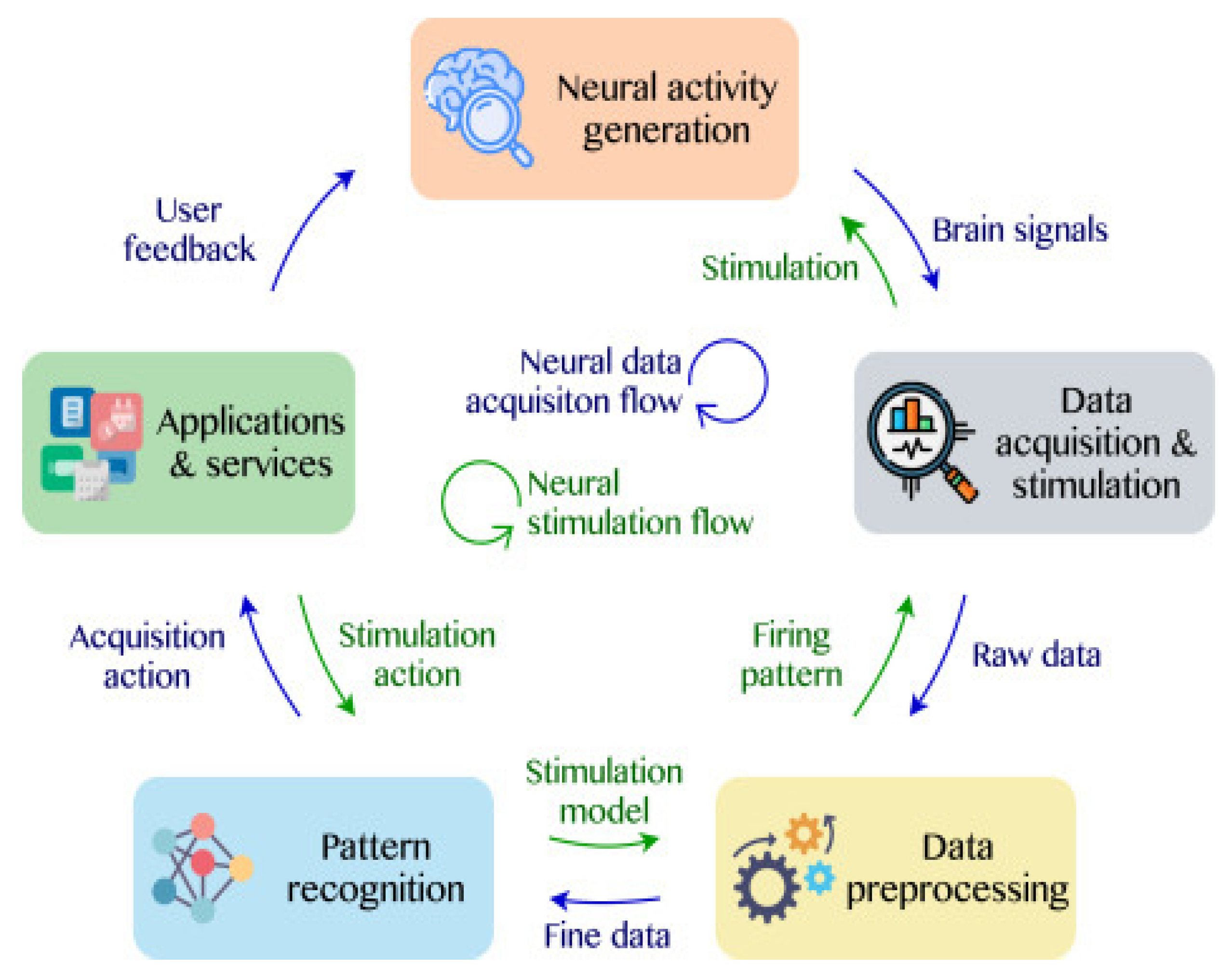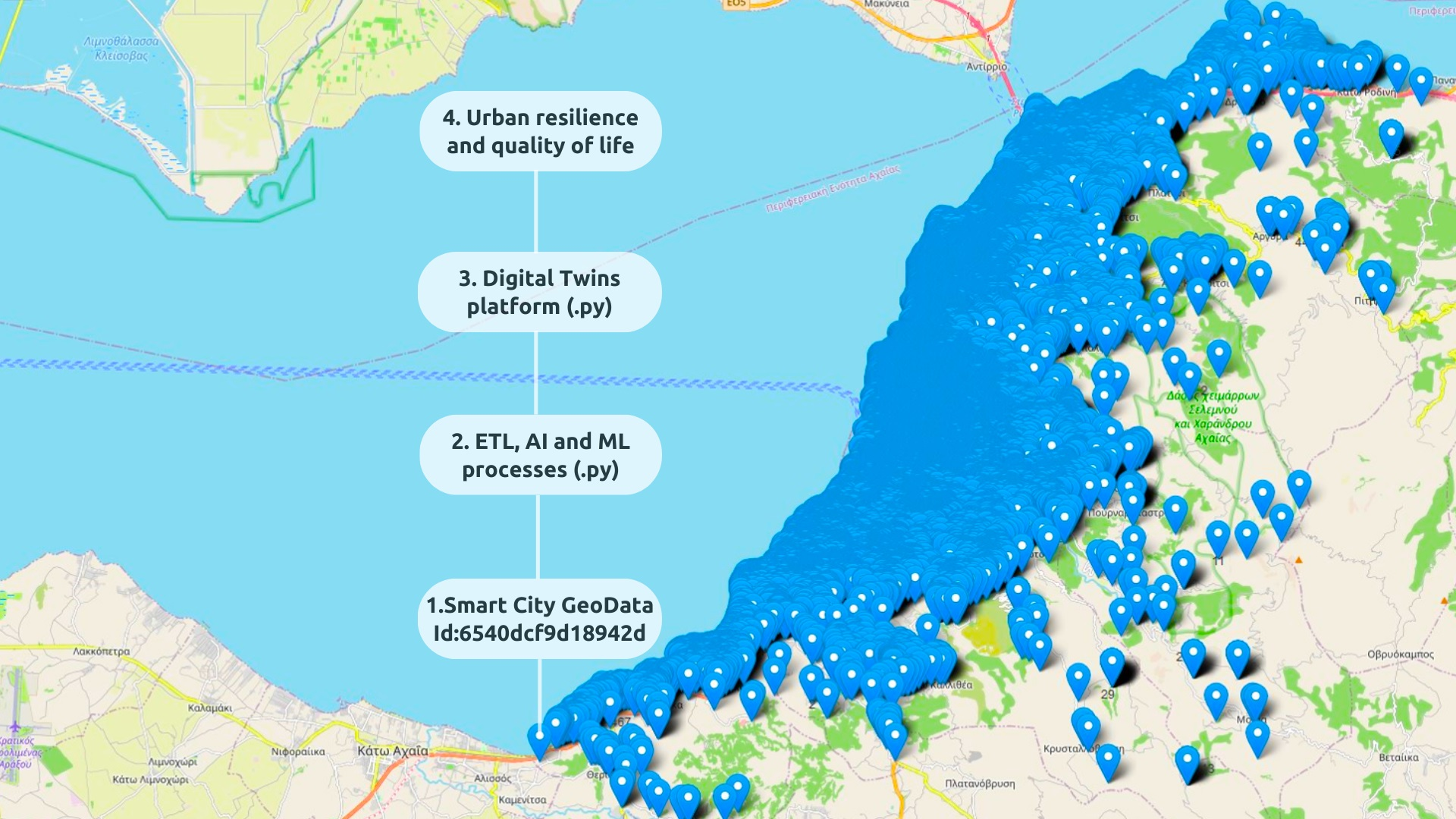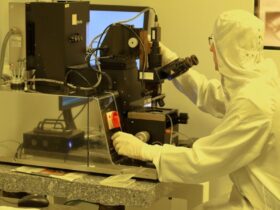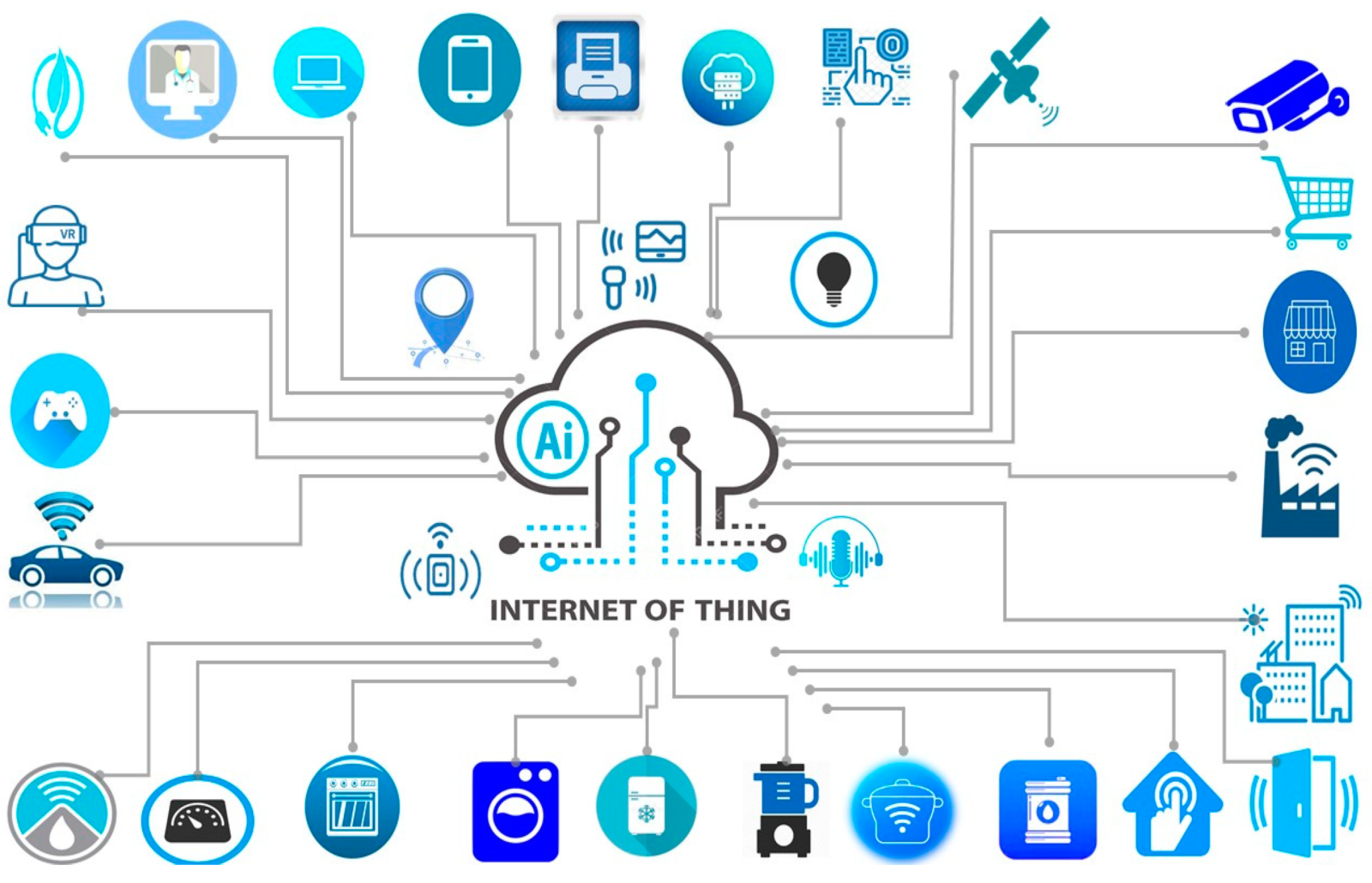A large computer network that typically spans a city is known as a Metropolitan Area Network (MAN). It connects multiple Local Area Networks (LANs) within a metropolitan region.
Metropolitan Area Networks serve as an ideal solution for businesses and organizations seeking to unify their communication and network capabilities across a city. They are larger than LANs but smaller than Wide Area Networks (WANs), making them perfect for entities with several offices or campuses that are geographically close but not in the same location.
With high-speed connectivity, MANs facilitate efficient data exchange, video conferencing, and internet access, playing a critical role in the infrastructure of modern cities. They often use similar technology to LANs, which can include Ethernet, Token Ring, or ATM. Major internet service providers and large corporations typically use MANs to deliver services to residents and businesses while ensuring consistent performance and reliability of connections across the city’s expanse.
The Cityscape Of Connectivity
Imagine a bustling city, a web of streets and digital signals. This network connects offices, homes, schools, and more. It’s big and covers the city. This is what we call a large computer network, often spanning a city, better known as a metropolitan area network, or MAN. This network is the heartbeat of the city, allowing data to flow like the cars and taxis along its roads. Let’s delve deeper into the complexity and design that makes it possible.
Metropolitan Networks In Today’s Cities
Metropolitan networks are like the city’s veins. They reach everywhere. These networks are fast and help cities run smoothly. They connect businesses, bring internet to homes, and link different parts of the city. This lets people share information easily and quickly. Here’s what makes them special:
- Wide coverage: Spans the entire city
- High speed: Fast data transfer
- Interconnectivity: Links with other networks
- Crucial for business: Powers economy and communication
Impacts Of Geography On Network Design
A city’s layout affects how we build networks. Mountains, rivers, and buildings can make it hard to connect areas. Designers must plan around these to keep the network strong. Consider these factors:
| Geographical Feature | Impact on Network |
|---|---|
| Mountains | Signal obstruction, need repeaters |
| Rivers | Waterproof cabling, bridge crossings |
| Buildings | Reflection and interference, strategic antenna placement |
To sum it up, cities and computer networks are complex. They must be smartly designed. They must consider each hill, building, and street. This makes sure everyone stays connected in the urban jungle.

Credit: www.mdpi.com
Decoding The Metropolitan Area Network
Let’s unlock the secrets of the large network that keeps a city connected: the Metropolitan Area Network, or MAN. Imagine the web of connections across a bustling cityscape, linking libraries, corporations, and universities. That’s the power of a MAN, working tirelessly behind the scenes.
Characteristics Of Mans
Metropolitan Area Networks bridge the gap between local area networks (LANs) and wide area networks (WANs). They have unique characteristics:
- Size: Covers a larger area than LAN but smaller than WAN; spans a city.
- Speed: Fast data transfer, often tallying in at megabits per second.
- Connectivity: Connects several LANs within a metropolitan area.
- Technology: Relies on similar tech as LANs but optimized for greater distances.
Components And Structure Of Urban Networks
The backbone of a city’s digital pulse, these networks are strategic assemblies of multiple components:
| Component | Function |
|---|---|
| Routers | Direct data packets between networks. |
| Switches | Facilitate communication within network segments. |
| Optical fibers | High-speed data transmission channels. |
| Wireless access points | Enable Wi-Fi connectivity for devices. |
Together, they compose the structure that yields an effective and robust MAN, capable of handling vast amounts of data essential for modern urban life.
Technological Underpinnings Of Urban Networks
Urban networks, also known as Metropolitan Area Networks (MANs), connect an entire city’s computer systems. These vast digital webs enable data sharing across various organizations. They integrate different communication mechanisms, laying the groundwork for futuristic city-wide connectivity.
Core Protocols And Technologies
At the heart of urban networks are core protocols and technologies. They dictate how data travels through the network. Protocols like TCP/IP ensure data packets reach their intended destinations. Technologies like routing and switching manage traffic within the network, keeping data flow smooth and efficient.
- TCP/IP: Standard communication protocol for internet and MANs.
- Routing: Guides data along the best path available.
- Switching: Connects devices within the network.
Fiber Optics And Wireless: The Backbone Of Mans
Fiber optics and wireless technologies shape the infrastructure of urban networks. Fiber optics offers a speedy highway for data with its light-based transmission. Wireless options, like Wi-Fi and 5G, ensure connectivity even when on the move. Together, they cover the city in a blanket of high-speed, reliable internet.
| Technology | Benefits |
|---|---|
| Fiber Optics | Fast, reliable, and allows vast data transmission |
| Wireless Systems | Flexible, covers dead zones, supports mobile devices |
Evolution Of City Networks
Imagine a massive spider’s web, covering an entire city, connecting buildings, traffic lights, and even your home to an invisible network. This web isn’t made of silk, but rather of cutting-edge technology and data. We’re diving into the electrifying world of large computer networks that keep cities buzzing with digital life.
Historical Context Of Urban Networking
Long before smartphones and Wi-Fi, cities were already weaving their first network threads. The earliest city networks were born with telegraphs and telephone lines, allowing instant communication across sprawled urban landscapes.
- Alexander Graham Bell’s revolutionary telephone.
- The telegraph: the Internet of the 19th century.
- Teletypes and fax: Predecessors of digital messaging.
Transition From Past To Present Infrastructures
As the digital age dawned, these basic networks evolved into complex nervous systems. Fiber optic cables replaced copper wires expanding bandwidth and data transfer capabilities.
In the heart of modern cities, Local Area Networks (LANs) began to emerge. They spanned office buildings and campuses. With the birth of the Metropolitan Area Network (MAN), an entire city could connect.
| Year | Advancement in City Networks |
|---|---|
| 1980s | Introduction of LANs |
| 1990s | Expansion to MANs |
| 2000s | Integration of Wi-Fi Technology |
| 2010s | Smart city initiatives using IoT |
Fast forward to today, these networks have not only expanded in size but also in intelligence. The Internet of Things (IoT) is turning entire metropolises into smart cities; responsive, adaptive and efficiency-optimized.
The Lifeblood Of Modern Metropolises
In the heart of bustling cities, large computer networks weave together the fabric of urban life. These networks, typically spanning entire cities, stand as the backbone for communication, commerce, and services. Referred to as metropolitan area networks (MANs), they enable businesses, governments, and individuals to connect across the city with speed and efficiency.
How Urban Networks Support City Life
Cities thrive on the seamless flow of information and services. Urban networks facilitate this flow, impacting every aspect of city living:
- Social Connectivity: Families and friends stay in touch regardless of their physical location.
- Business Operations: Companies conduct transactions and communicate with clients effortlessly.
- Emergency Services: Quick coordination between police, fire, and medical services saves lives.
- Transportation: Real-time updates optimize traffic management and public transport.
- Education: Schools and universities offer vast resources for learning and research.
Case Studies: Network-driven Cities
| City | Network Highlights |
|---|---|
| Seoul | Offers ultra-fast internet, fostering digital innovation. |
| Singapore | Connects smart sensors to manage traffic and pollution. |
| Barcelona | Uses network-connected devices for city services. |
These examples illustrate how integral computer networks are in sustaining the rhythm of city life and keeping the urban heartbeat strong.
Challenges And Solutions In Urban Networking
Navigating through the complexities of urban networking brings forth unique challenges. Cities are vibrant hubs of connectivity where large computer networks, often referred to as Metropolitan Area Networks (MANs), cater to diverse technological needs. Understanding the difficulties and implementing effective solutions is essential to keeping these networks robust and efficient.
Addressing Density And Scalability
As cities expand, so do their networks. The density of devices and users in urban areas strains existing infrastructure.
- Better use of current hardware
- Investing in high-capacity cables
- Upgrading to scalable network architectures
Overcoming these obstacles requires smart investment in technology. New solutions include flexible fiber optics and wireless networks that grow with demand.
Security Concerns In Mans
Security threats multiply in large urban networks as the number of access points increases.
Encrypting data, securing access points, and continuous monitoring are keys to protection.
| Security Measure | Purpose |
|---|---|
| Firewalls | Block unauthorized access |
| Anti-malware tools | Protect against software threats |
| Password policies | Ensure strong user authentication |
Frequent audits and updates bolster security, keeping the network safe.
Innovation And Future Prospects
A large computer network that spans a city is called a metropolitan area network (MAN). Such networks connect users and their devices across urban expanses. As we peer into their innovative facets and future prospects, it becomes apparent that these networks stand at the forefront of technological evolution.
Emerging Technologies In Urban Networks
Urban networks witness constant growth and innovation.
- 5G technology promises faster, more stable connections.
- Fiber-optics introduce lightning-fast data transfer across cities.
- Software-defined networking (SDN) provides adaptable infrastructure.
- Cloud services ensure data accessibility from anywhere in the city.
These technologies propel MANs towards even higher efficiency and performance.
The Future Of Smart Cities And IoT
Smart cities integrate IoT to create an interconnected urban environment.
- IoT sensors collect data for real-time analysis.
- Intelligent traffic systems reduce congestion, save time.
- Smart grids and energy management optimize resource use.
- City-wide Wi-Fi offers ubiquitous internet access to residents.
Such advancements pave the way for smarter, more efficient city living.
Access And Equity In The Digital City
Access and Equity in the Digital City are crucial in today’s tech-focused world. A large computer network usually spanning a city is known as a metropolitan area network (MAN). It connects users across the urban landscape. But not all city residents have equal access to this digital infrastructure. Addressing this issue means ensuring that everyone, regardless of their socioeconomic status, has the ability to plug into the city’s digital heartbeat. Let’s explore how we can make this digital city more inclusive.
Bridging The Digital Divide
Bridging the digital divide is about bringing internet access to everyone. Communities often face different levels of connectivity. This can lead to unequal opportunities. Below are steps that cities can take to bridge this gap:
- Expand Internet Access: Installing more Wi-Fi hotspots around the city helps. Public spaces like parks and libraries are good places for free internet.
- Subsidize Connectivity: Offer reduced-rate home internet for low-income families.
- Community Training Programs: Teach residents digital skills. Make sure they can use the internet well.
- Partner with Local Businesses: Companies can provide technology and training in local communities.
Policies For Inclusive Urban Networking
Inclusive urban networking requires strong policies. Good policies make sure that the digital city serves everyone. Here’s how policies can help:
| Policy Type | Impact |
|---|---|
| Regulation | Ensures all areas have network coverage. |
| Funding | Supports infrastructure and education programs. |
| Collaboration | Encourages public-private partnerships for better access. |
Policies should also focus on protecting user privacy and data security. Creating a safe, accessible network is the goal. Implementing clear regulations gives every city resident a fair chance to connect and engage.

Credit: www.mdpi.com
Frequently Asked Questions For What Is A Large Computer Network Usually Spanning A City?
What Defines A Metropolitan Area Network (MAN)?
A Metropolitan Area Network (MAN) is a large computer network designed to cover a city or a similar-sized area. It connects multiple Local Area Networks (LANs). Due to its size, it offers higher-speed networking than LAN.
How Does A Man Differ From LAN And WAN?
A MAN, larger than a LAN but smaller than a WAN, spans a city. LAN covers smaller areas like a building, while WAN can encompass regions, countries, or even continents. MAN sits between these in scope and speed.
What Technologies Are Used In MANs?
MANs commonly use technologies like fiber-optic cables, DSL, and wireless connections. They might employ Ethernet or ATM for network protocols, enabling efficient data transfers over medium distances.
Who Uses Metropolitan Area Networks?
Businesses, government agencies, and educational institutions within a city utilize MANs. They’re ideal for organizations having multiple locations in a city needing high-speed intranet services.
Conclusion
Understanding large computer networks that span cities is crucial in our networked society. Known as metropolitan area networks (MANs), they connect numerous locations across a city. They provide essential services, from internet access to supporting business operations. As technology evolves, so does the complexity and capabilities of these expansive networks, making them integral to modern urban infrastructure and connectivity.












































Leave a Reply